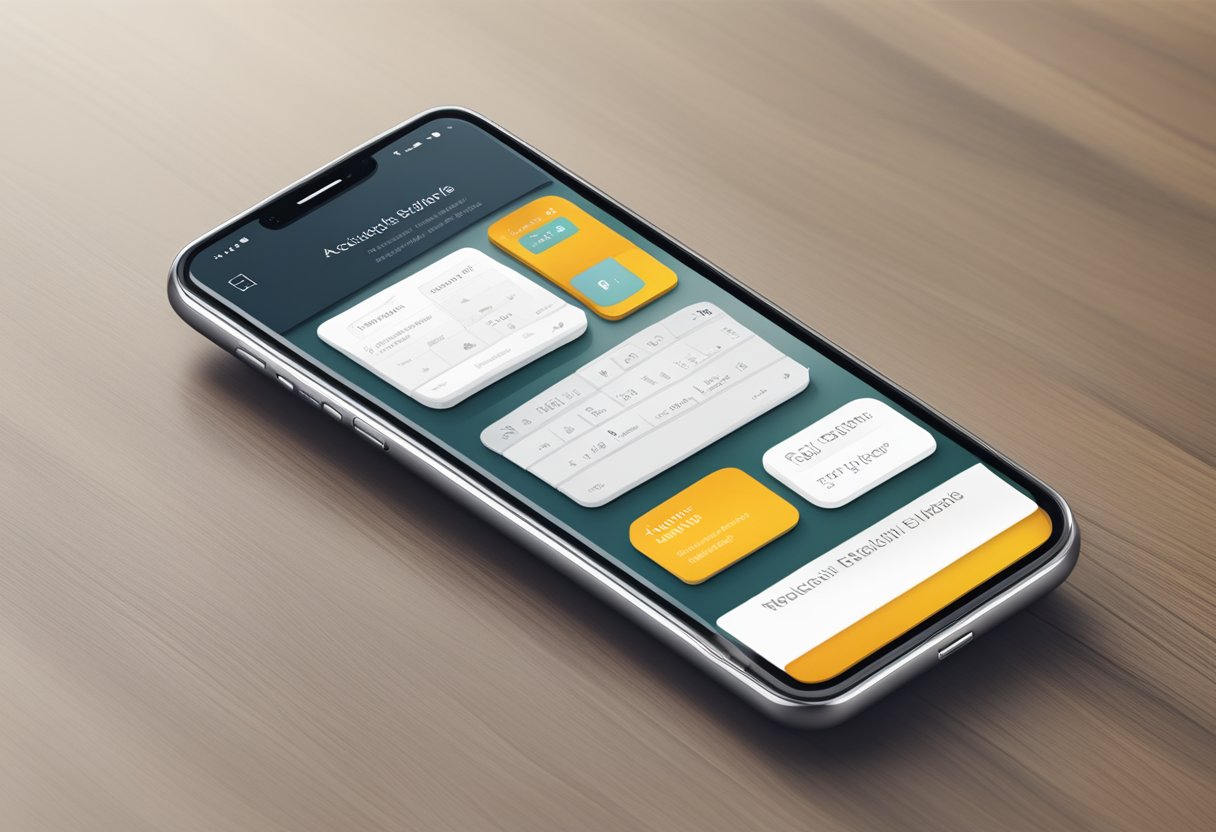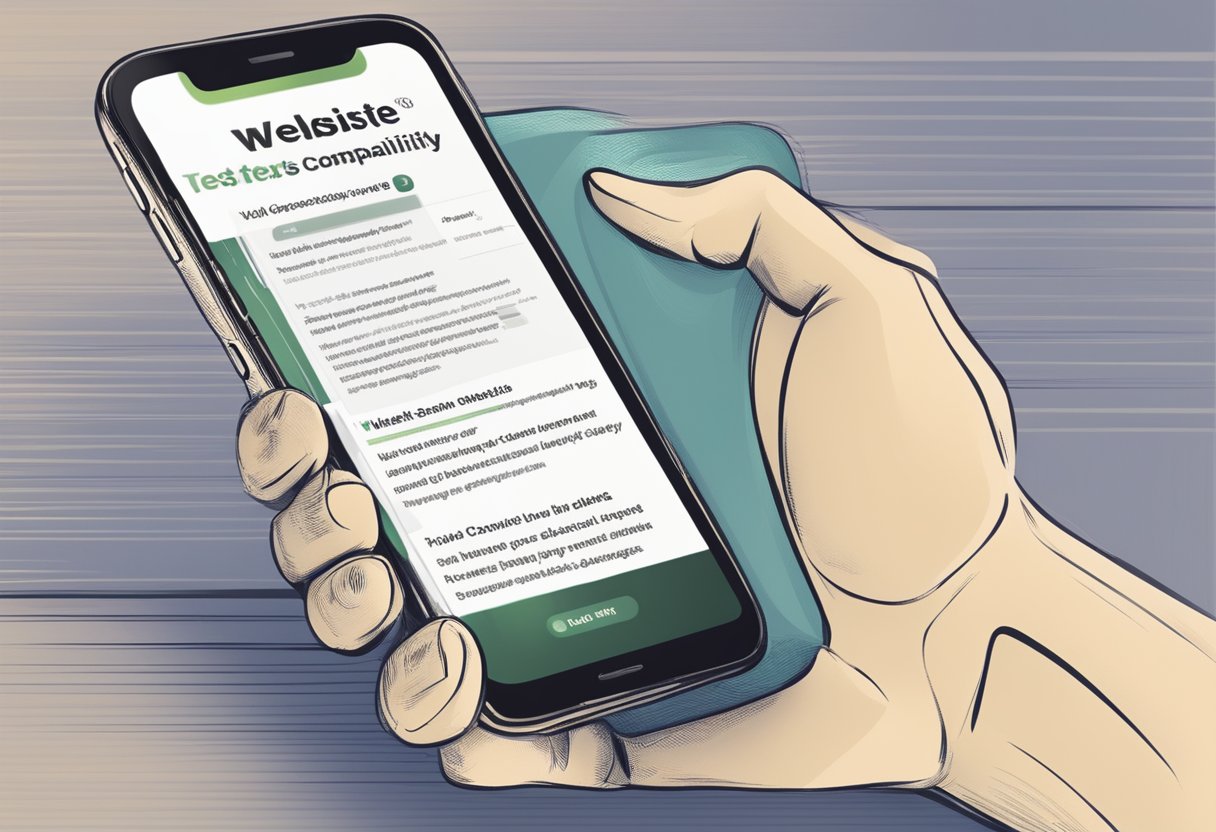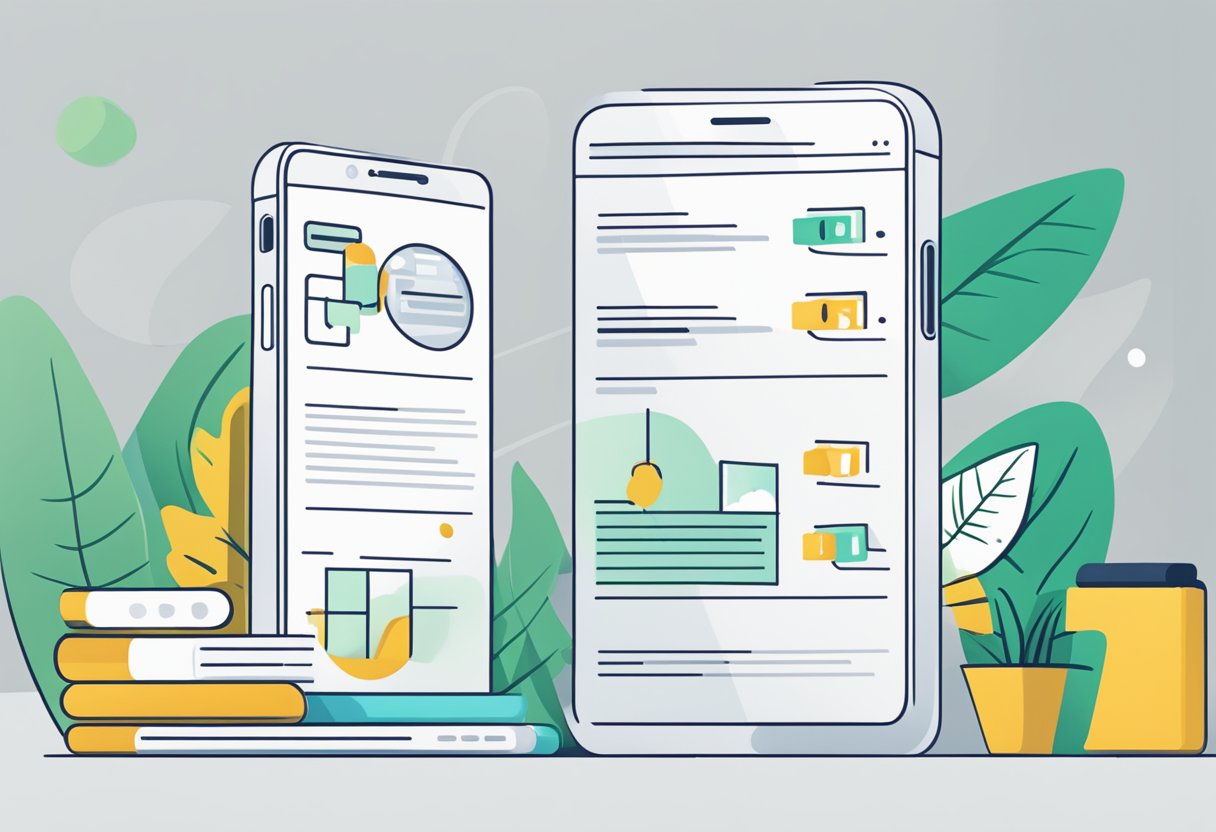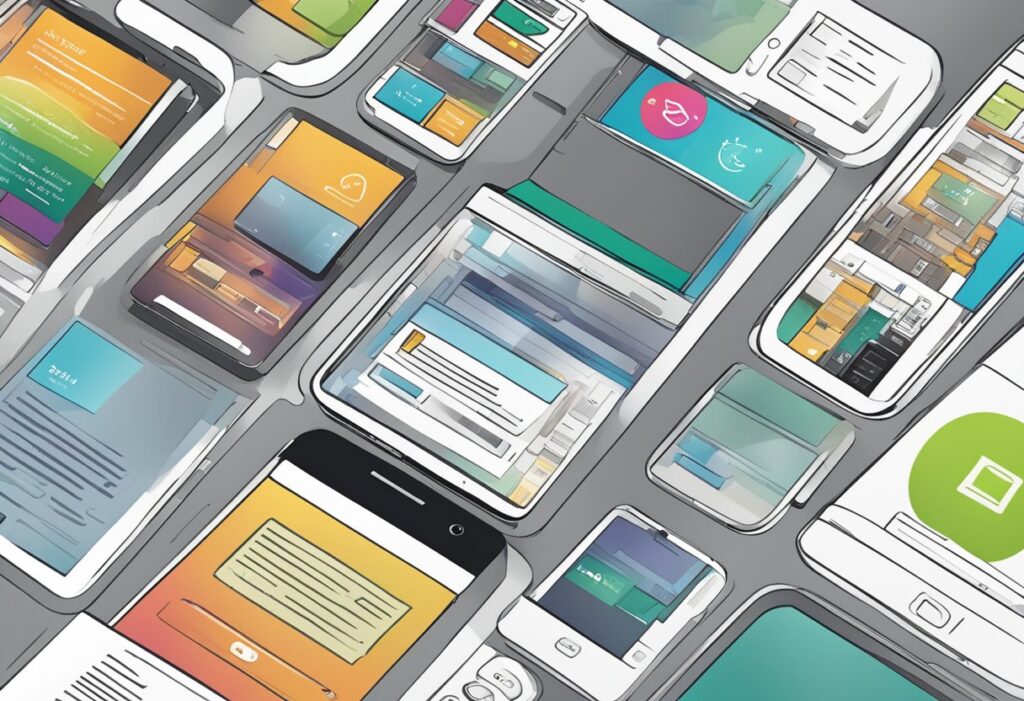Mobile web design has become increasingly important in recent years, with more and more people accessing the internet through their mobile devices. However, ensuring that mobile websites are accessible to everyone can be a challenge.
Implementing accessibility standards in mobile web design is crucial to ensure that people with disabilities can access the same content and functionality as everyone else.
Understanding web accessibility is the first step in implementing accessibility standards in mobile web design. Web accessibility refers to the practice of designing websites and applications that can be used by everyone, including people with disabilities.
This includes people with visual, auditory, physical, and cognitive disabilities, as well as those with temporary disabilities, such as a broken arm or a slow internet connection.
Mobile web design principles should be based on accessibility guidelines to ensure that everyone can access the content and functionality of a website.
Technical standards and guidelines, such as the Web Content Accessibility Guidelines (WCAG), provide a framework for implementing accessibility in mobile web design.
These guidelines cover a wide range of topics, including text alternatives for images, keyboard accessibility, and color contrast.
Implementing accessibility in development can be challenging, but there are many tools and resources available to help developers ensure that their websites are accessible.
Understanding Web Accessibility
Defining Accessibility in the Web Context
Web Accessibility refers to the practice of ensuring that websites, web applications, and digital content can be accessed and used by all people, regardless of their abilities or disabilities. This includes people with visual, auditory, physical, speech, cognitive, and neurological disabilities.
In short, web accessibility means designing and developing digital content that is inclusive and accessible to everyone.
Web Accessibility is not only about making websites accessible to people with disabilities, but also about making them usable by all users, including those with different devices, browsers, and internet speeds.
It is essential to ensure that websites are accessible to everyone, regardless of their location or device.
Importance for Individuals with Disabilities
Web Accessibility is particularly important for people with disabilities. People with disabilities face many barriers when accessing digital content, such as websites, web applications, and digital documents.
Web Accessibility helps to remove these barriers and enables people with disabilities to access and use digital content independently.
Web Accessibility is guided by the Web Content Accessibility Guidelines (WCAG), which provide a set of standards and guidelines for making digital content accessible to people with disabilities.
The WCAG guidelines include four principles: perceivable, operable, understandable, and robust. To comply with WCAG, web developers need to ensure that their websites and web applications meet these principles.
To further enhance accessibility, developers can also use WAI-ARIA (Web Accessibility Initiative – Accessible Rich Internet Applications) to provide additional information to assistive technologies, such as screen readers.
WAI-ARIA enables developers to create accessible web applications that can be used by people with disabilities.
Mobile Web Design Principles
Responsive Design and Accessibility
One of the most important principles of mobile web design is responsive design. Responsive design ensures that websites are optimized for different screen sizes and resolutions, making them accessible to users on a variety of devices.
Responsive design is a key aspect of accessibility, as it ensures that users with different abilities can access websites on their devices.
Touch Controls and Voice Input
Another important principle of mobile web design is touch controls and voice input. Touch controls are essential for users who have difficulty using a mouse or keyboard, while voice input is crucial for users who have difficulty typing.
By implementing touch controls and voice input, designers can create websites that are operable and understandable for all users.
Technical Standards and Guidelines

WCAG 2.0 and 2.1
Web Content Accessibility Guidelines (WCAG) 2.0 and 2.1 are the international standards for web accessibility, developed by the World Wide Web Consortium (W3C). These guidelines provide a set of recommendations for making web content more accessible to people with disabilities.
They are organized around four principles: perceivable, operable, understandable, and robust.
WCAG 2.0 was introduced in 2008, and it provides a comprehensive set of guidelines for web accessibility. WCAG 2.1, which was released in 2018, builds upon WCAG 2.0 and includes additional success criteria to address mobile accessibility, low vision, and cognitive and learning disabilities.
To meet the WCAG 2.0 and 2.1 guidelines, web designers and developers need to ensure that their websites are designed in a way that is accessible to people with disabilities.
This can include providing alternative text for images, using descriptive headings, providing captions for videos, and ensuring that the website is navigable using a keyboard.
Mobile Accessibility at W3C
Mobile accessibility refers to making websites and applications more accessible to people with disabilities when they are using mobile phones and other devices.
The W3C’s work in this area addresses accessibility issues of people using a broad range of devices to interact with the web, including phones and tablets.
The Mobile Accessibility Guidelines Working Group (MAG WG) is responsible for developing guidelines for mobile accessibility.
These guidelines are based on the WCAG 2.0 and 2.1 standards and provide specific recommendations for mobile devices.
The guidelines cover topics such as touch targets, screen size and resolution, and the use of mobile-specific features such as location services.
Implementing Accessibility in Development

Accessibility in mobile web design is crucial for creating inclusive and user-friendly applications that cater to a diverse range of user needs, including those with disabilities.
Implementing accessibility standards in development ensures that all users can access and use the application effectively.
Accessible User Interface Components
Developers can implement accessible user interface components to make sure that users with disabilities can navigate, understand, and use the application. These components include:
- Text alternatives: Developers can provide text alternatives for non-text content such as images and videos, which can be read by screen readers.
- Keyboard accessibility: Developers can ensure that all user interface components can be accessed and used through a keyboard, which is essential for users with mobility disabilities.
- Color contrast: Developers can ensure that there is sufficient color contrast between text and background, which is important for users with visual impairments.
- Readable text: Developers can ensure that the text is readable and legible, which is important for users with reading disabilities.
Testing for Accessibility Compliance
Developers can test their application for accessibility compliance using various tools and techniques. These include:
- Automated testing tools: Developers can use automated testing tools to check the application for accessibility compliance. These tools can identify accessibility issues such as missing alt text, insufficient color contrast, and inaccessible user interface components.
- Manual testing: Developers can conduct manual testing to ensure that the application is accessible. This involves testing the application using assistive technologies such as screen readers and keyboard-only navigation.
- Accessibility audit and evaluation: Developers can conduct an accessibility audit and evaluation of the application to identify accessibility issues and provide recommendations for improvement.
Challenges and Solutions in Mobile Accessibility

Adapting to Diverse User Needs
One of the biggest challenges in mobile accessibility is adapting to the diverse needs of users. Every user has different needs, preferences, and abilities that must be taken into account when designing accessible mobile web applications.
Some users may require larger text or specific color contrasts, while others may rely on assistive technologies such as screen readers, voiceover, or talkback.
To address these diverse user needs, designers and developers must ensure that their mobile web applications are compatible with various assistive technologies.
This includes providing alternative text for images, using semantic HTML, and testing the application with various assistive technologies to ensure compatibility.
Another solution is to provide customization options for users. For example, allowing users to adjust the font size or color contrast can make the application more accessible for users with specific needs.
Overcoming Technical Limitations
Another challenge in mobile accessibility is overcoming technical limitations.
Mobile devices have limited screen space, processing power, and memory, which can make it difficult to implement certain accessibility features.
One solution is to prioritize the most critical accessibility features and optimize them for mobile devices.
For example, designers may prioritize keyboard accessibility, which allows users to navigate the application using only the keyboard.
This can be especially important for users with motor disabilities who may have difficulty using a touch screen.
Another solution is to use responsive design techniques to optimize the application for different screen sizes.
This can help ensure that the application is accessible on a variety of devices, including smartphones, tablets, and laptops.



